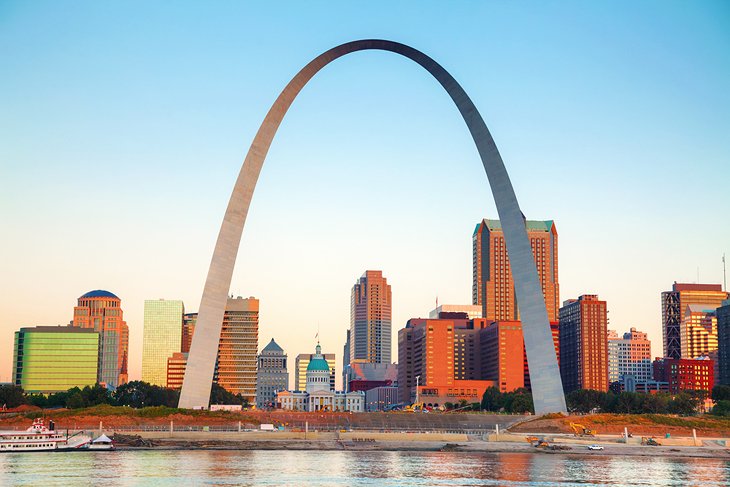Missouri View Establishments by Missouri Cities

Despite its midwestern location, Missouri was considered part of the Confederacy and therefore parts of the state were hostile to African American travelers. The paper in Keytesville, just 21 miles south of Marceline, often wrote threatening and demeaning things about people of color, commonly referring to non-white citizens as “darkeys”. Interestingly—and counter to what most might think—the safest areas occupied the southern half of the state in urban areas along the interstate corridors of what are now I-70, I-55 and I-44. South of U.S. Highway 70 between St. Louis and Kansas City, towns such as Columbia, Sedalia and Jefferson City offered many refuges for African American motorists.
The northern part of the state was another matter. The northernmost Missouri city that had Green Book listings was Hannibal (Mark Twain’s hometown), located just across the Missouri River from Illinois. For travelers headed along Highway 36 across the northern part of the state—through Marceline (Walt Disney’s childhood hometown), Chillicothe (the home of sliced bread) and beyond— there wasn’t a single place that appeared in The Green Book.
Instead, Green Book listings centered in the major cities of Kansas City and St. Louis, and in African American communities like Kinloch. Founded in the 1890s as a commuter suburb, Kinloch saw a major increase in population during the 1920s, when post-World War I racial prejudices pushed African Americans out of nearby St. Louis. In 1948, Kinloch was incorporated as Missouri’s first all African American city.
Today, approximately 75% of the properties listed in the Green Book are gone. About one-third of those lay in the path of roads being diverted or the construction of new roads, particularly interstate exchanges. The remaining two-thirds appear to be victims of urban redevelopment. Historically black areas, such as Kinloch and the 18th and Vine district in Kansas City, fared better and several of the properties in these neighborhoods are still standing.



